MIT team adapts neutron resonance transmission analysis for portability
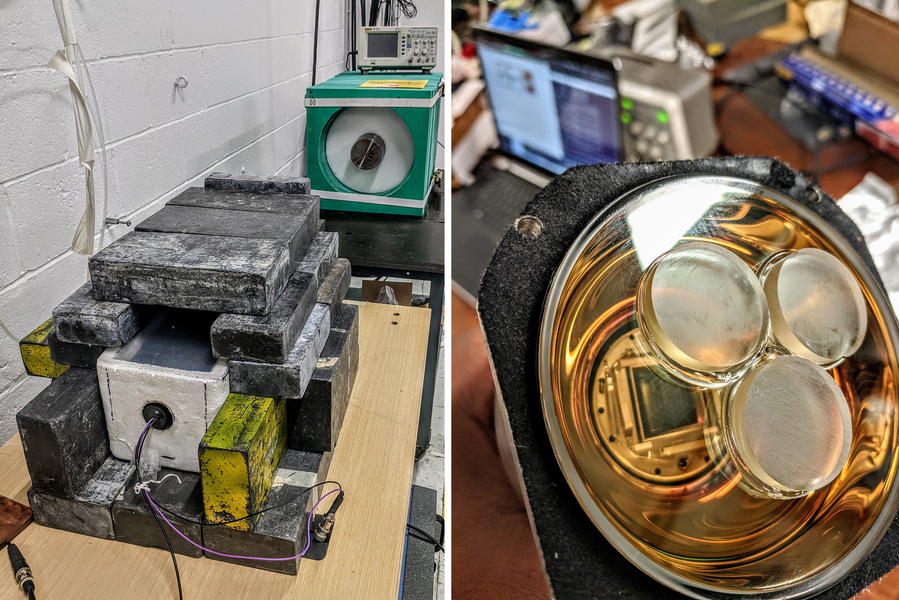
Neutron resonance transmission analysis (NRTA) was developed by researchers at Los Alamos National Laboratory to identify unknown materials inside a sealed object using a beam of neutrons from a laboratory-scale apparatus. Recognizing that the potential nuclear security applications of NRTA were limited by the size and location of the apparatus, Areg Danagoulian, an associate professor in the Massachusetts Institute of Technology’s Department of Nuclear Science and Engineering, began about five years ago to consider how NRTA could be made portable to examine materials on location.


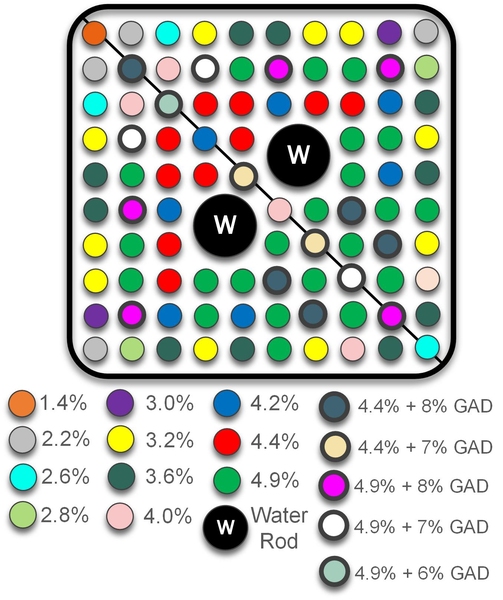
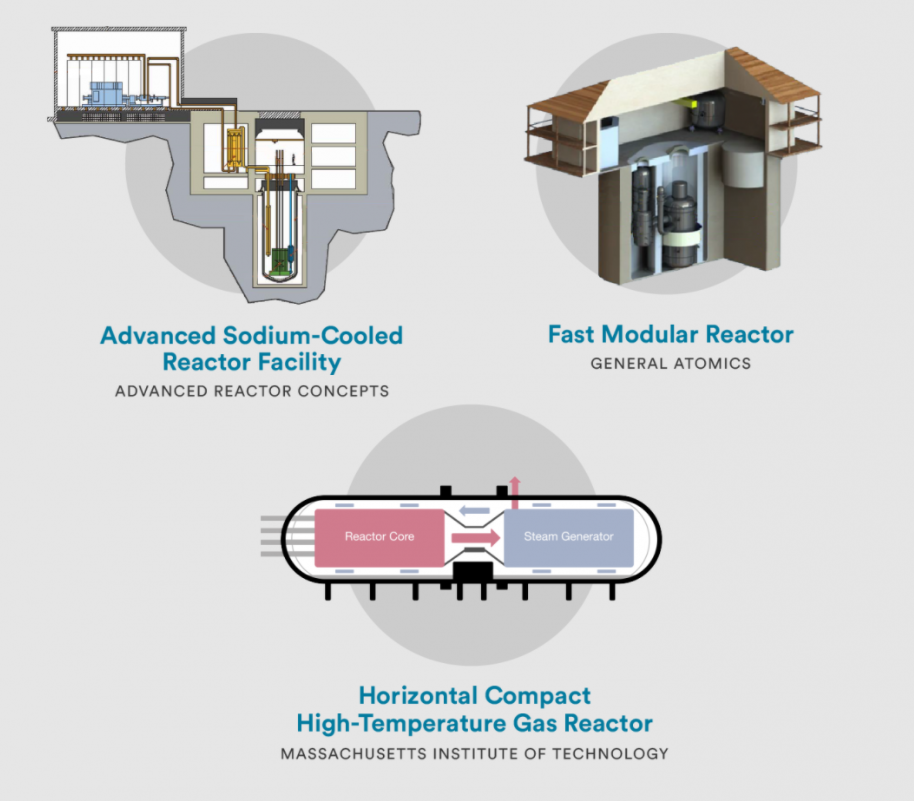
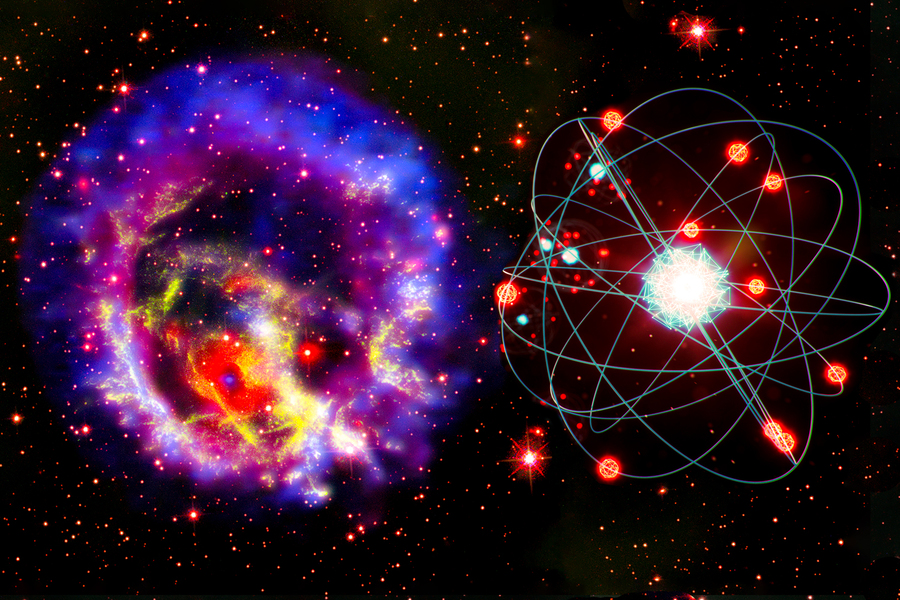
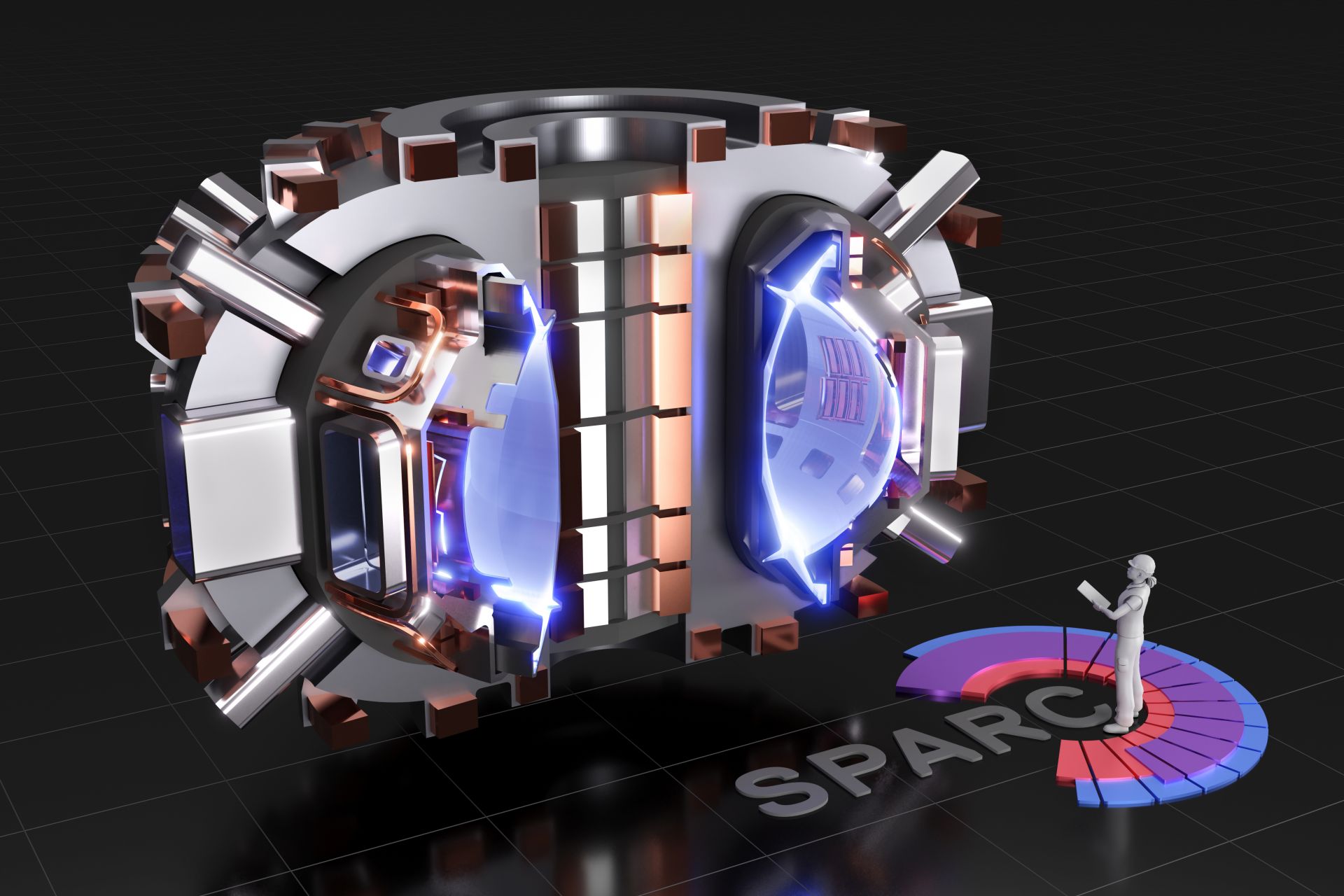
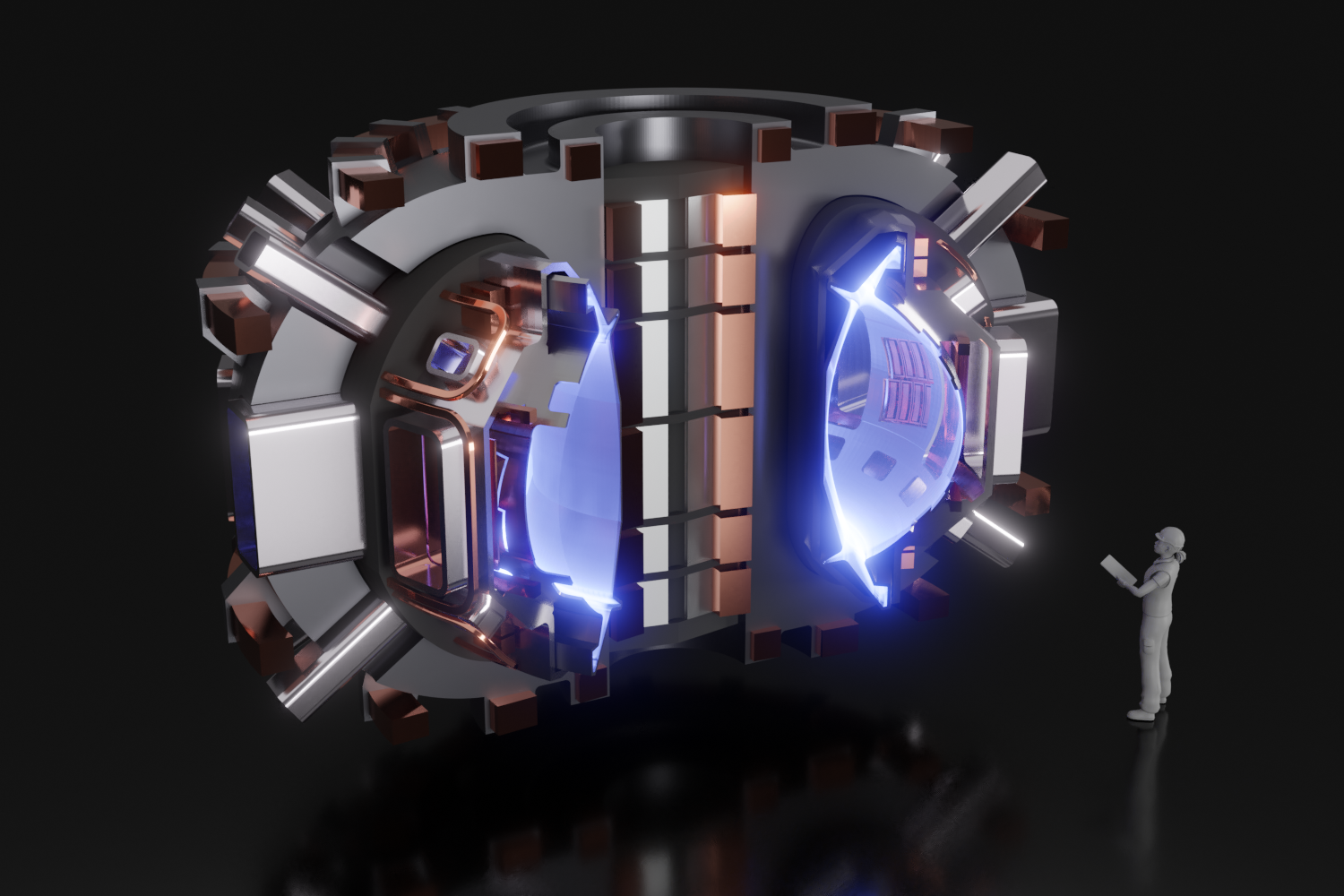
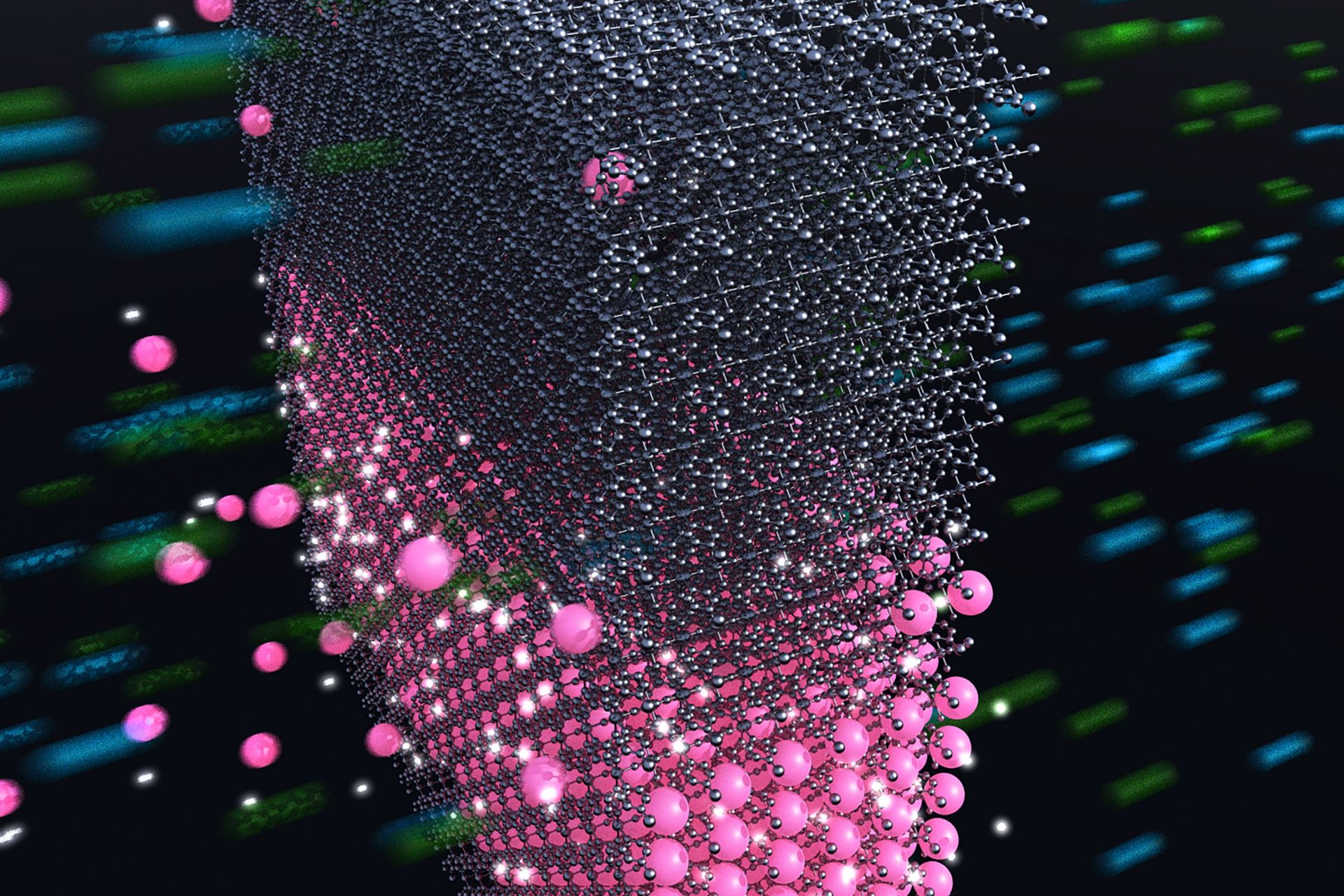
 Benoit Forget, associate professor of nuclear science and engineering at the Massachusetts Institute of Technology, was honored with the 2013 ANS Landis Young Member Engineering Achievement Award. The award recognizes outstanding achievement for effectively applying engineering knowledge to yield a new principle, concept, design, safety improvement, method of analysis, or product used in the nuclear energy enterprise.
Benoit Forget, associate professor of nuclear science and engineering at the Massachusetts Institute of Technology, was honored with the 2013 ANS Landis Young Member Engineering Achievement Award. The award recognizes outstanding achievement for effectively applying engineering knowledge to yield a new principle, concept, design, safety improvement, method of analysis, or product used in the nuclear energy enterprise. Recently I had the honor of joining the "
Recently I had the honor of joining the "